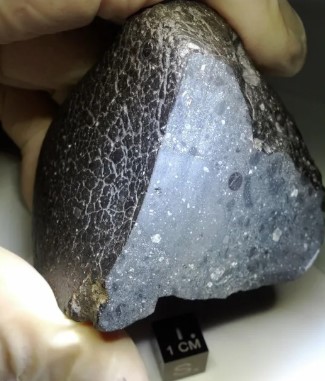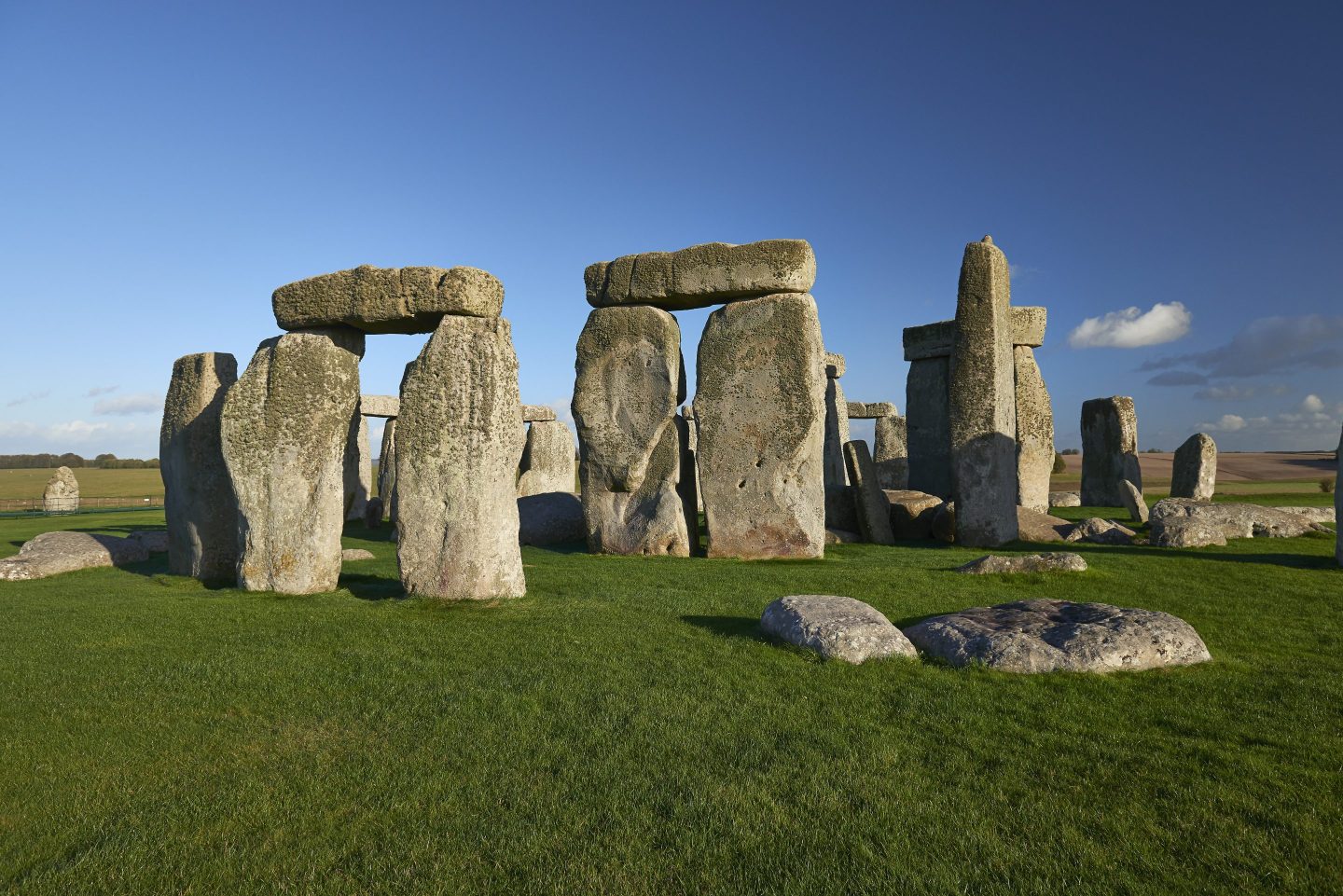In a groundbreaking discovery, scientists have revealed that the famous Black Beauty meteorite, which was found on Earth in 2011, may hold the key to understanding the possibility of life on Mars. This meteorite, officially known as NWA 7034, is a rare specimen believed to have originated from Mars, offering a unique glimpse into the Red Planet’s past. Recent research has provided new clues about the chemical composition of this meteorite that could help scientists better understand the conditions that might have supported life on Mars billions of years ago.
When Black Beauty was discovered in the Moroccan desert nearly a decade ago, its origins were immediately intriguing. The meteorite was confirmed to have come from Mars, as it contained specific isotopic signatures matching those found in Martian rocks analyzed by space missions. But it wasn’t until recent studies that Black Beauty’s potential to provide answers to one of the biggest questions in planetary science—whether Mars ever supported life—began to unfold.
What Is the Black Beauty Meteorite?
Black Beauty is a type of Martian meteorite classified as a breccia, meaning it is composed of fragments of different rocks fused together. Unlike most meteorites that come from the Moon or asteroids, this one is distinctly Martian in origin. Its unique characteristics made it one of the most studied meteorites since its discovery.
Weighing about 320 grams, Black Beauty is considered one of the oldest Martian meteorites ever found, with an age of around 4.4 billion years, roughly the same age as the planet itself. Its composition contains a mix of mineral grains, including feldspar, pyroxene, and olivine, which are consistent with rocks found on Mars. The significance of Black Beauty lies in the fact that it was ejected from Mars by a large impact event, likely occurring millions of years ago, before making its way across space and landing on Earth.
New Clues from Black Beauty: A Glimpse of Early Mars
The recent scientific breakthrough regarding Black Beauty comes from an in-depth analysis of the meteorite’s chemical composition. Researchers found evidence of ancient water within the meteorite, specifically in the form of hydrated minerals. This discovery suggests that liquid water, which is considered essential for life, may have existed on Mars in the past under conditions suitable for microbial life.
More importantly, the presence of certain organic molecules in Black Beauty strengthens the case that Mars had the chemical ingredients necessary for life. While no direct evidence of life forms has been found, the fact that the meteorite contains complex organic molecules such as amino acids—key building blocks of life—raises intriguing possibilities. These organic compounds, although not definitive proof of life, suggest that Mars may have been a habitable environment at some point in its distant past.
This finding also provides further insight into the possibility of life existing on other planets, as it demonstrates that life’s building blocks can form in extreme conditions. The presence of these organic molecules in Black Beauty supports the theory that life could have arisen independently on Mars under favorable conditions.
The Role of Water in the Search for Life on Mars
The discovery of hydrated minerals in Black Beauty ties into ongoing research about the role of water on Mars. For years, scientists have speculated that Mars once had vast oceans or lakes, which may have supported primitive life forms. However, much of this water is believed to have evaporated or frozen over time due to Mars’ changing climate and lack of a protective magnetic field.
What makes Black Beauty so important is that it contains evidence of water, albeit in a much more ancient form, locked within minerals. This offers vital clues about the planet’s early history, including the potential for liquid water to have existed for longer periods of time than previously thought. By studying how water interacts with Mars’ geology and minerals, researchers can refine their theories on the habitability of ancient Mars and better understand the potential for life to have once flourished there.
Mars: A Habitable Environment in the Distant Past?
One of the central mysteries surrounding Mars is whether it ever had conditions suitable for life. While the planet’s surface is inhospitable today—cold, dry, and lacking liquid water—there is growing evidence that Mars may have been quite different in the past. Studies of Martian meteorites like Black Beauty are helping to piece together a picture of a warmer, wetter Mars, which could have had the right conditions for life.
Research on the Black Beauty meteorite has revealed that, in its ancient past, Mars may have had a more temperate climate with the possibility of standing water. The presence of organic molecules in combination with water-supporting minerals suggests that Mars, at one point, might have been a much more Earth-like planet. This raises exciting questions about the potential for ancient Martian life—life that may have been microbial in nature and may still exist in some form below the Martian surface today.
The Future of Martian Exploration
The new findings from the Black Beauty meteorite will undoubtedly fuel further interest in Mars exploration. NASA’s Perseverance rover, which is currently exploring the surface of Mars, is searching for signs of past life and collecting samples to return to Earth for analysis. The study of Martian meteorites like Black Beauty provides invaluable context for interpreting these future samples.
As space agencies continue to explore Mars with a combination of rovers, orbiters, and eventually human missions, the clues provided by meteorites like Black Beauty could help guide the search for life on Mars. The discovery that organic molecules can survive in Martian rocks provides hope that even if life existed on Mars in the distant past, traces of it may still remain.











Leave a Reply